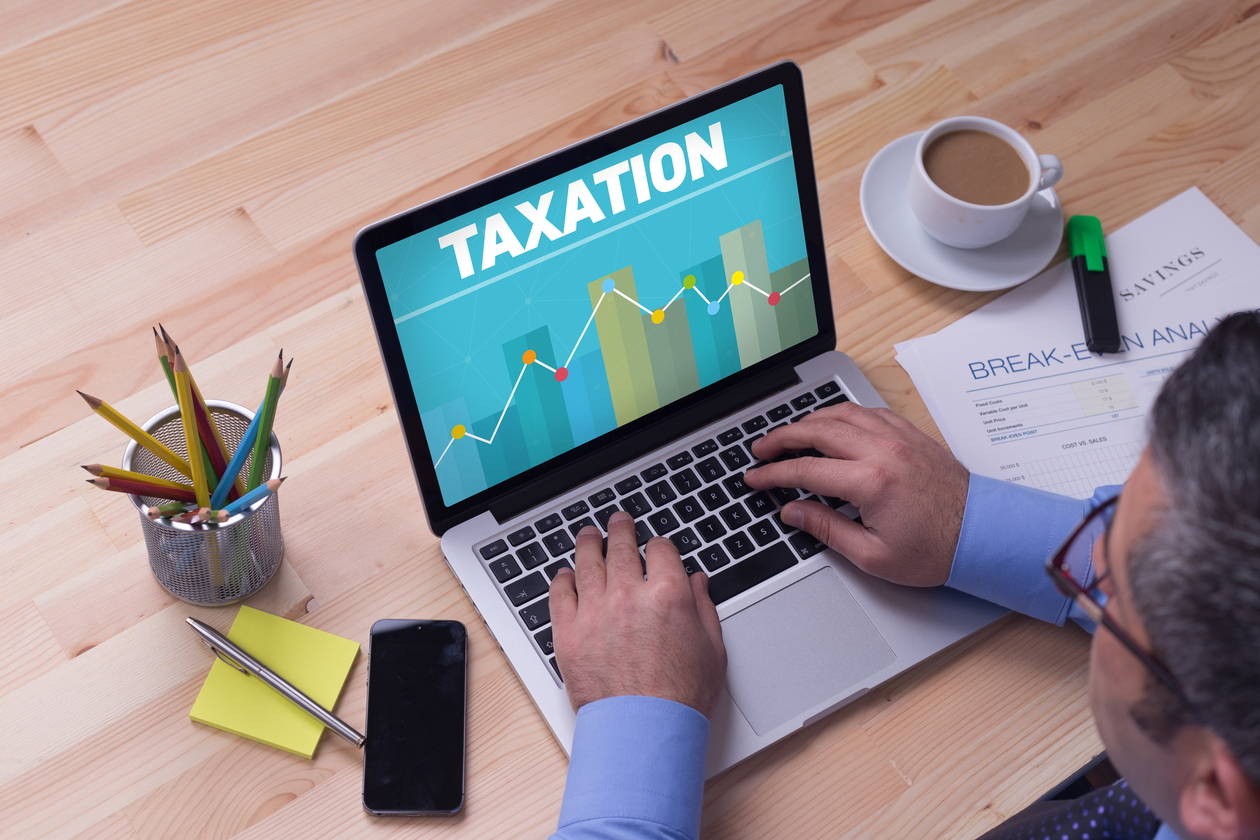
Capital Gains Tax: to pay, or not to pay, that is the question !
Shortly after his arrival in 11 Downing Street, Chancellor Jeremy Hunt announced a rather severe haircut to the amount of capital gains individuals can realise before creating a tax liability. Since then, there have been further changes to pension allowances, and this has undoubtedly caught the attention of savers and investors alike. It is the changes to Capital Gains Tax, however, which remain at the forefront of our minds and will, arguably, have the biggest impact on how we manage your investments.
As it stands, individuals are permitted to realise a capital gain of £12,300 per financial year before having to pay the tax man. Trusts, as you may already be aware, have half of this allowance (or less depending on the number of Trusts a settlor has created – which is deserving of an article in itself). From 6 April 2023, the allowance will drop to £6,000 for individuals and £3,000 for Trusts. The following year these will halve again – the lowest the allowance will have been for over 25 years.
In managing your investments, it is always our intention (unless told to the contrary) to do so without creating undue tax liabilities. We typically do this by selling assets in your General Investment Account (GIA) and subscribing these to your ISA or pension. In doing so, we gradually move your investments from a taxable portfolio to an entirely tax-free wrapper. The reduction in Capital Gains Tax (CGT) allowance does muddy the waters slightly, and could put us, and you, on the horns of a dilemma: should we create a tax liability in order to move into a tax-free wrapper? The conundrum might be best served with an illustration.
As It Stands
Mr & Mrs Jupp have a joint investment portfolio with a total value of £520,000, split between their GIA and two ISAs. We have yet to subscribe to their ISAs for the current tax year (£40,000 in total) and they have not used their CGT allowances (£24,600 in total).
One of the holdings in their GIA is ABC plc, with a total value of £43,000 against a book cost of £19,000 – a prime candidate for using both the CGT allowances and subscribing to the ISAs. £43,000 could be raised for a capital gain of £24,000 –within the allowance.
Result: a further £40,000 wrapped within the ISAs at no cost to the client.
After 6 April 2023
The illustration stands as above, but the CGT allowances available to Mr & Mrs Jupp have dropped from £24,600 to only £12,000.
If we were to go down the same route of selling ABC plc. in order to fund the ISAs, some of that gain will be taxable. Against the total gain of £24,000, only £12,000 will be free of tax, with the remainder being charged at 20%*.
Result: £40,000 wrapped within the ISAs, but with a tax liability of £2,400.
After 6 April 2024
In this tax year the picture becomes bleaker still, with the total allowance available to Mr & Mrs Jupp dropping to only £6,000.
Result: £40,000 wrapped within the ISAs, but with a tax liability of £3,600.
Alongside the decreasing CGT allowance, we are also due to see a reduction in the Dividend Allowance, so we would argue there is a strong case to continue moving as much of your portfolio into tax-free wrappers as possible.
In the example used, a tax liability of £2,400 against an ISA subscription of £40,000 represents only 6% – which is the long-term average return of the FTSE 100. Although it is often unpalatable to pay a liability, this ‘loss’ could be made back relatively quickly in average market conditions – and then grow in perpetuity without incurring further tax. Granted this has looked tricky over the last three years.
Ultimately the decision on whether to pay tax sits with you as our client, and we would never knowingly create a liability without your express permission. Of course, circumstances change from client to client, and how we manage the portfolio is dependent on your views, objectives, and attitudes. It may be the case that we continue as was without a tax concern, but please do not be alarmed if the T word rears its head at our next meeting.
Should you wish to discuss this in greater detail with an illustration specific to your portfolio, please do not hesitate to contact your investment manager directly.
*20% is based on Mr & Mrs Jupp being higher rate taxpayers. CGT is dependent on your personal rate of income tax.
The views expressed are those of Thorntons Investments. Although all care is taken to ensure the accuracy of facts, absolute accuracy is not guaranteed. The contents of the article are solely for information purposes and are not intended as investment advice or a recommendation to buy or sell securities. Opinions expressed are subject to change without notice. The value of an investment and income from it can fall as well as rise, past performance is no guarantee of future performance and you may not get back the amount originally invested.
Thorntons Investments is a trading name of Thorntons Investment Management Limited which is authorised and regulated by the Financial Conduct Authority.
Any information concerning the tax treatment of an investment is based on our understanding of current HMRC rules which may be subject to future change. Tax advice is not regulated by the Financial Conduct Authority.